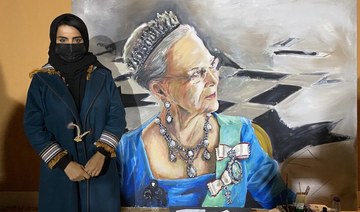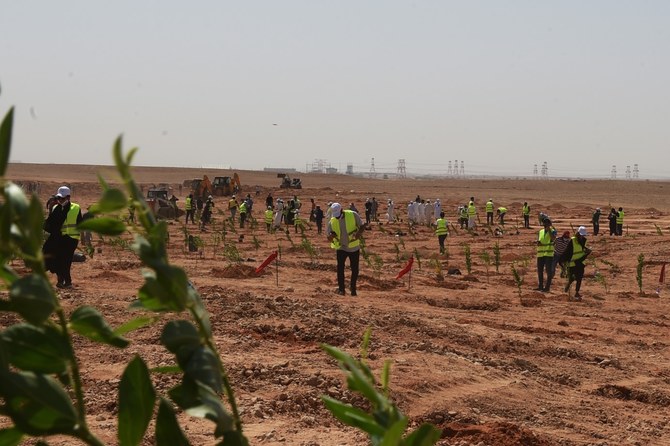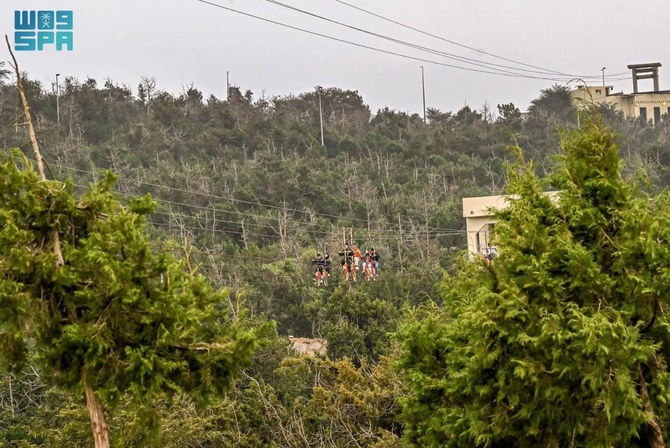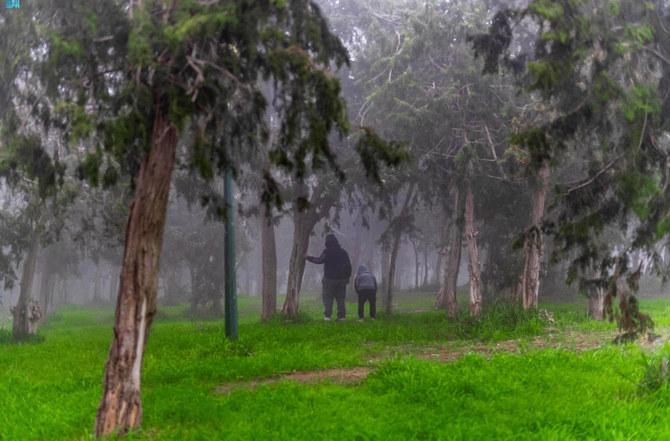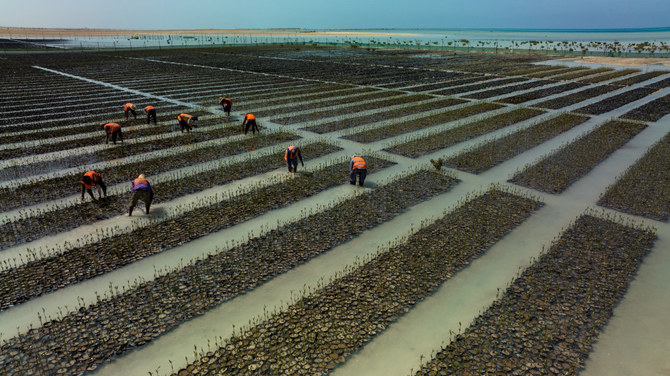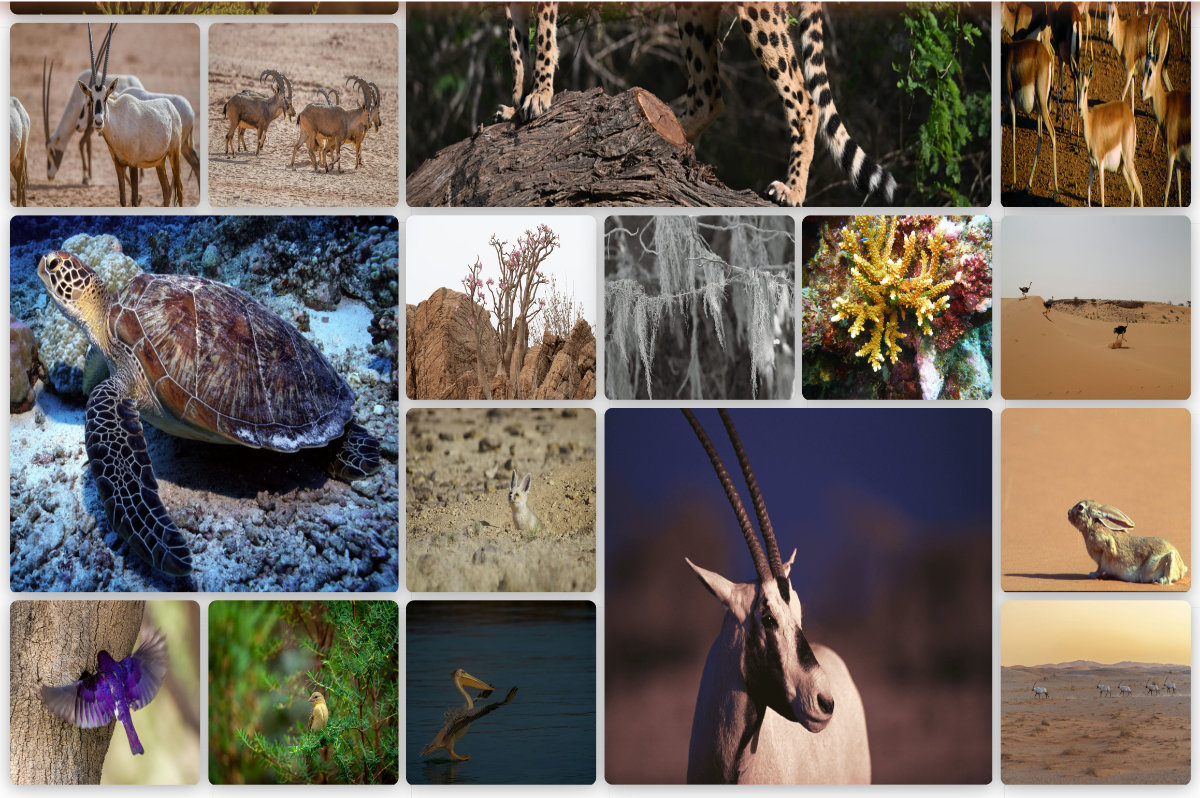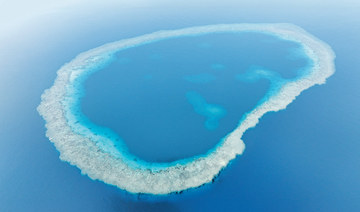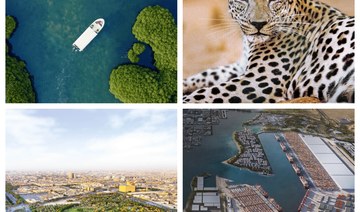RIYADH: Ambassador of Denmark Ole Emil Moesby celebrated the Golden Jubilee of Queen Margrethe II, in January 2022, marking Her Majesty’s 50-year reign as head of the state of Denmark, the Faroe Islands, and Greenland.
In an interview with Arab News, the Danish Ambassador to Saudi Arabia, Kuwait, Bahrain, Oman, and Yemen discussed the queen’s accession to the throne, her role as a female leader of a modern European democracy and Saudi-Danish relations.
The Danish envoy spoke about Queen Margrethe II’s accession in 1972 and the historical events during that time.
“She was one of three daughters of the former king, and they had to change the constitution to ensure that she would be able to take over that position,” he said. The constitution had previously allowed only men to ascend to the throne, but this was changed in 1953, as there were no male heirs.
“I think every one of us has a clear memory of what happened on the 14th of January 1972, 50 years ago, because that was the time when the King passed away, and she took over.”

Ambassador Ole Emil Moesby talks with Arab News’ Lama Alhamawi. (Supplied)
He also reflected on the dramatic change the Kingdom of Denmark has gone through in those years. The beginning of her journey was not an easy one.
“There was some skepticism whether it was going to work,” he said. However, she was able to change perceptions in an immensely quick time.
At the time of her accession to the throne in 1972, only 45 percent of the population supported her as queen. Fast forward to 50 years later, and she has her people’s full support and admiration.
The ambassador highlighted the Danes’ admiration for the queen’s familial-like leadership, stating, “the royal family is a part of our life.”
Of her many qualities, Moesby highlights her love of painting, embroidery, textiles and costume design. “She’s an artist, as well as the queen.”
The Danish envoy said that the queen “set the standard for women’s participation in public life.” Being a female leader of a country for 50 years, she has also set an example for the leaders coming after her.
Turning to the Kingdom, where the ambassador has been for four years and six months, he has first-hand experience of the recent changes.
The ambassador said that people in Denmark do not fully understand the acceleration of development taking place in the Kingdom.
“I sometimes feel that I am playing the role of more being an ambassador of Saudi Arabia in Denmark than I am being here because, frankly speaking, I don’t think that we fully understand the speed of the acceleration,” the ambassador said.
The envoy believes the initiatives taking place in the Kingdom under Vision 2030 in the upcoming years will change the perception of the Danish people, for there are many similarities between the two kingdoms.
“We have a lot of commonalities, but it’s not always well known,” he said. “I feel extremely privileged to be here, and to be witnessing what is happening in Saudi Arabia over the past five or six years.”
He discussed the changes in the quality of life in Riyadh, comparing it to Denmark, which was named the second-best country for quality of life by CEOWORLD magazine in 2021.
“We’re talking about the change in entertainment, in life science, the way of behaving, and it’s a different world we are in now from what it was four-and-a-half years ago,” he said.
He explained that there is a lot of potential for Danish companies in Saudi Arabia, within architecture and the Ggiga-projects under Vision 2030.
The envoy looked back on his fondest memories while working in the Kingdom. One of those was the first Future Investment Initiative held in October 2017.
“I was there when I heard the crown prince’s speech about what has happened since 1979, until now and his visions. He didn’t talk based on the script, he was actually talking out of his heart, and that was a big event for me,” he said.
HIGHLIGHTS
- At the time of her accession to the throne in 1972, only 45 percent of the population supported her as queen.
- Fast forward to 50 years later, and Queen Margrethe has her people’s full support and admiration.
- The ambassador highlighted the Danes’ admiration for the queen’s familial-like leadership, stating, ‘the royal family is a part of our life.’
- Of her many qualities, Ole Emil Moesby highlights her love of painting, embroidery, textiles and costume design.
He also talked about the most recent event he participated in, the camel festival. “I met with someone who is part of a family who has the most extensive and well-educated camels here.”
The ambassador explained that he was shocked to hear the gentleman had a master’s from the US in architecture and was working with camels.
“So what are you using for architecture,” the ambassador asked.
The Saudi gentleman responded by explaining that he is not using architecture but learned a lot from thinking and how to deal with camels.
“I thought that was fantastic because it shows to me that we can learn a lot from the culture. Also, the traditional culture in Saudi Arabia is generating people’s mindsets and the way they are thinking,” he said. “We can learn a lot from that.”
Due to the pandemic, celebrations hosted by the queen in Denmark have been postponed till September. However, a celebration hosted by the Danish Embassy in Saudi Arabia went ahead with festivities held in Jeddah on Sunday and in Riyadh on Wednesday to celebrate the golden jubilee.
During the ceremony in Riyadh, the ambassador made a speech about Queen Margrethe’s rule and thanked the guests and government officials for their attendance and support.




